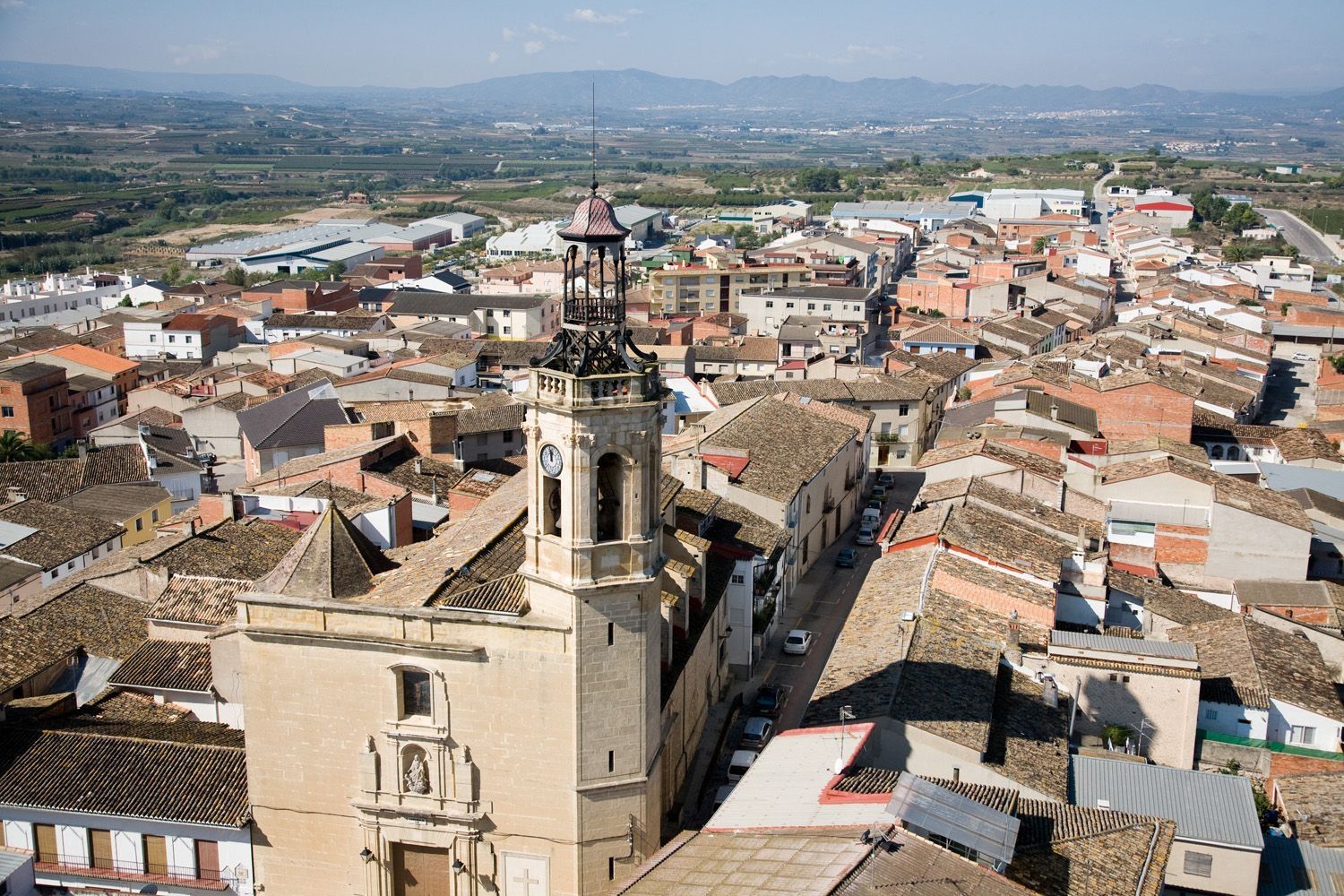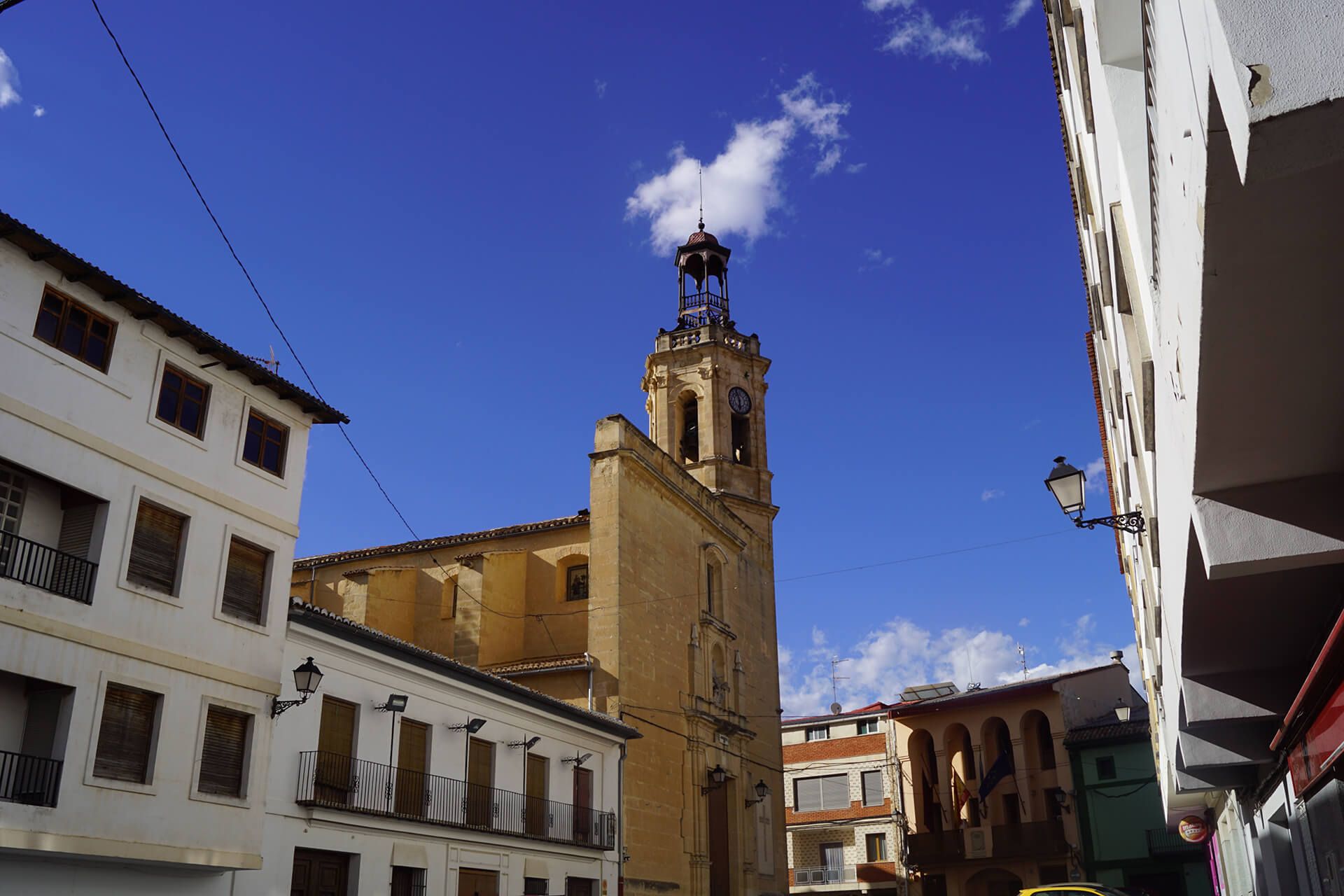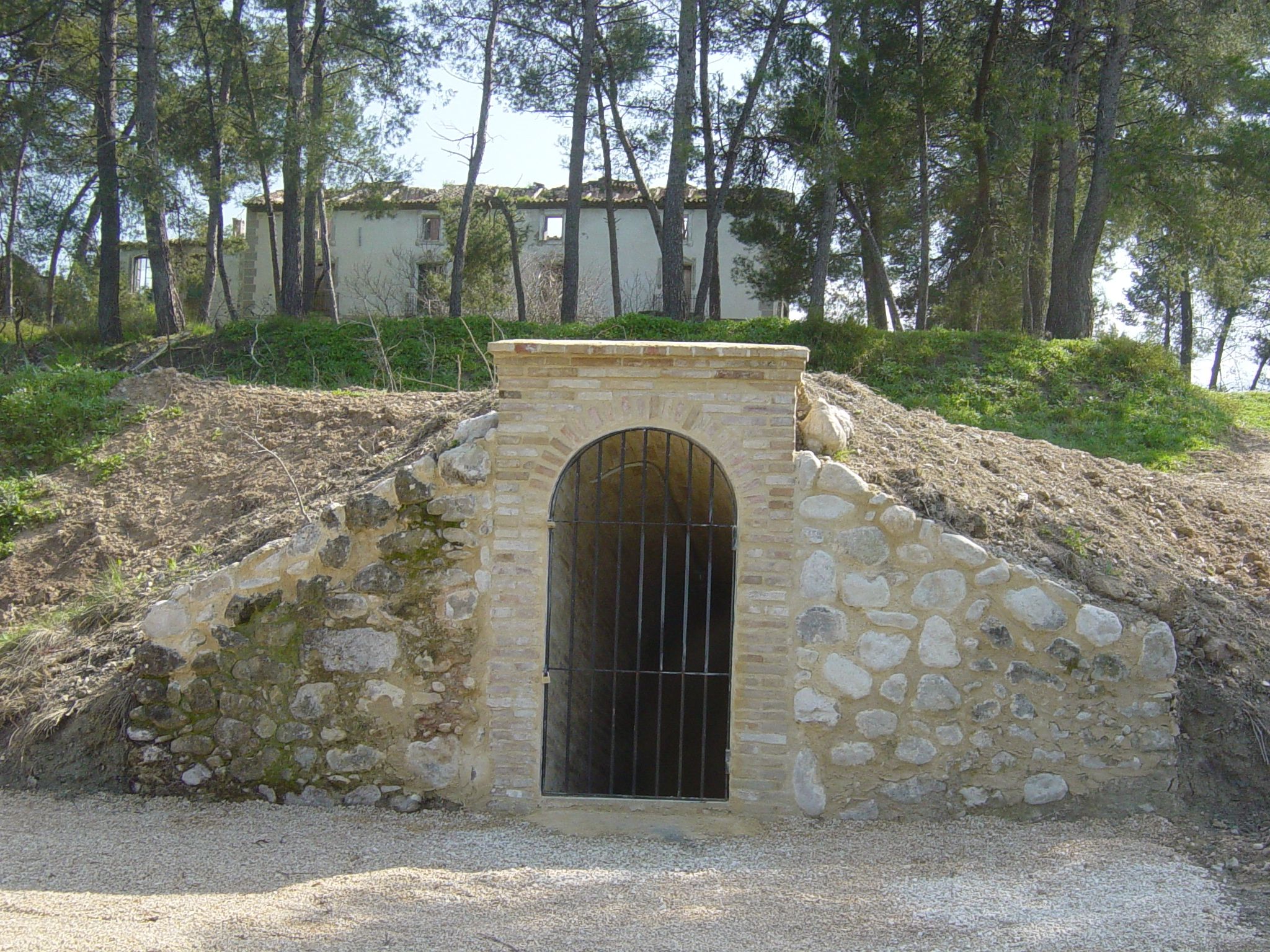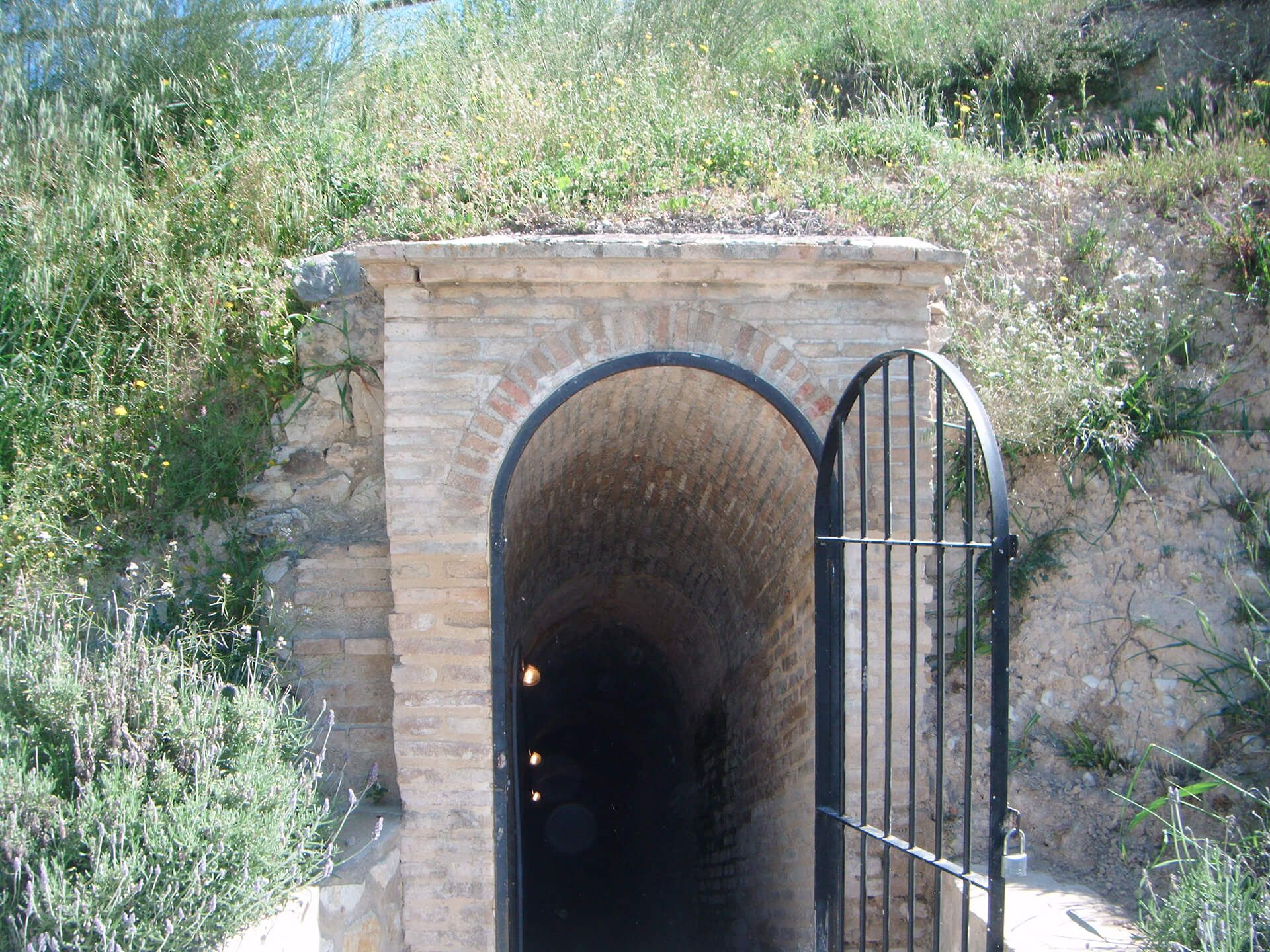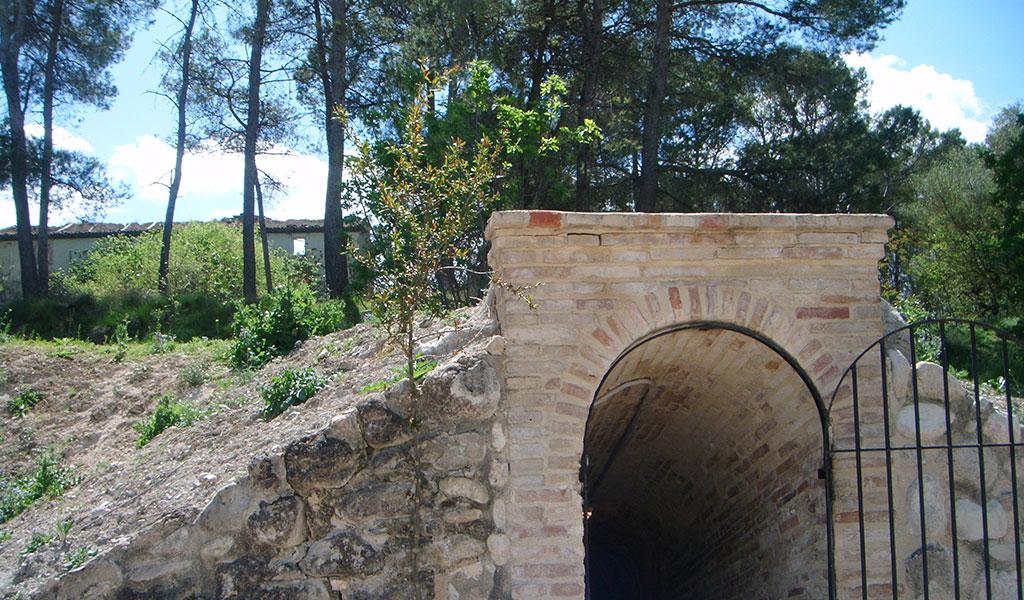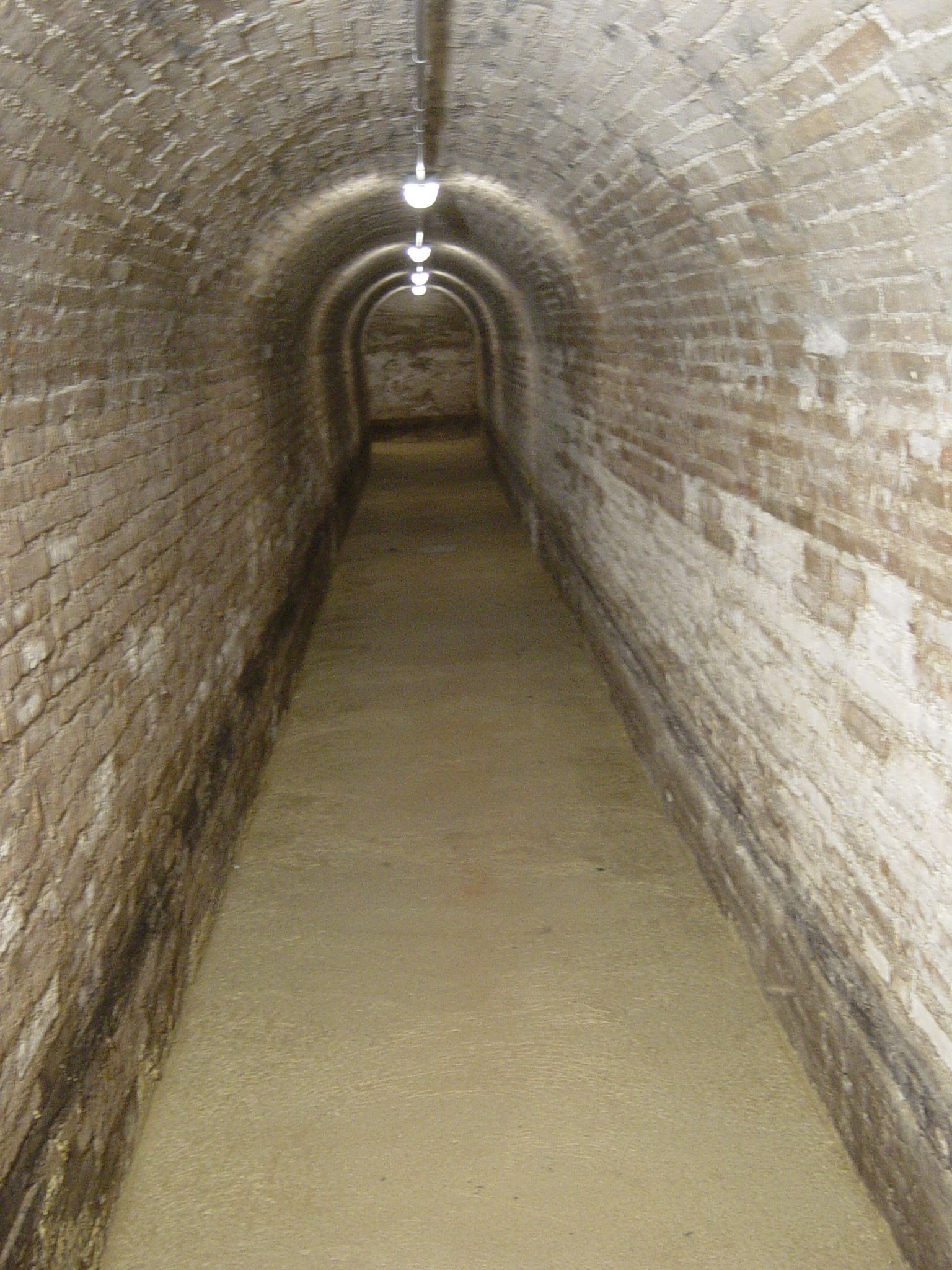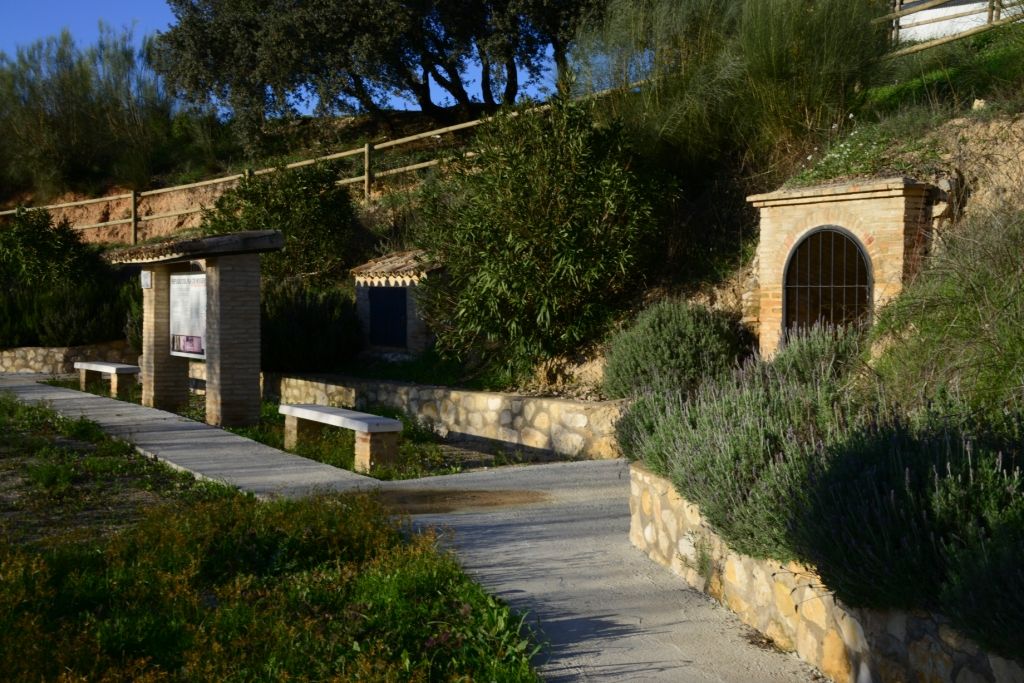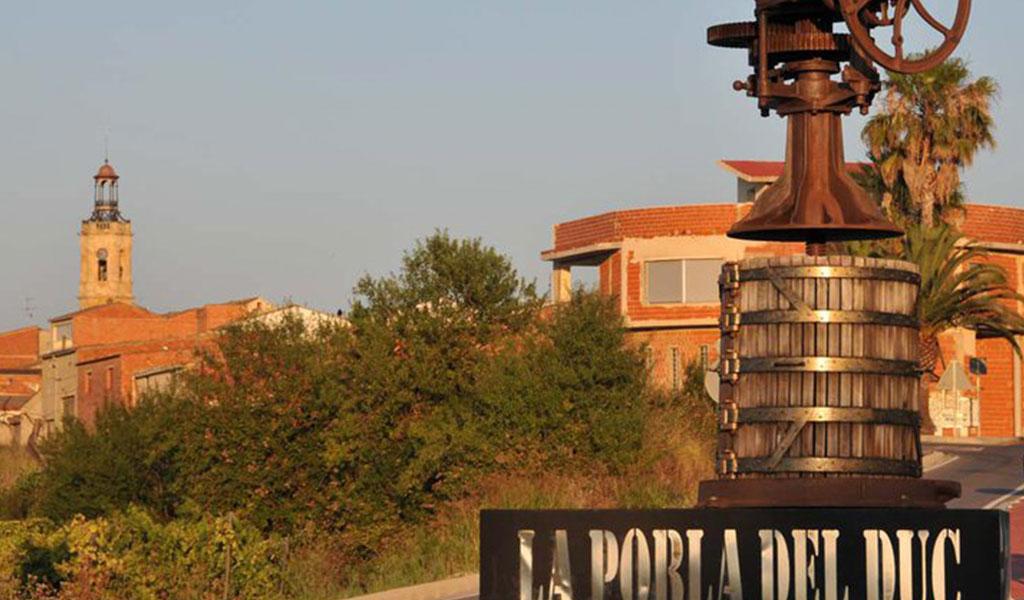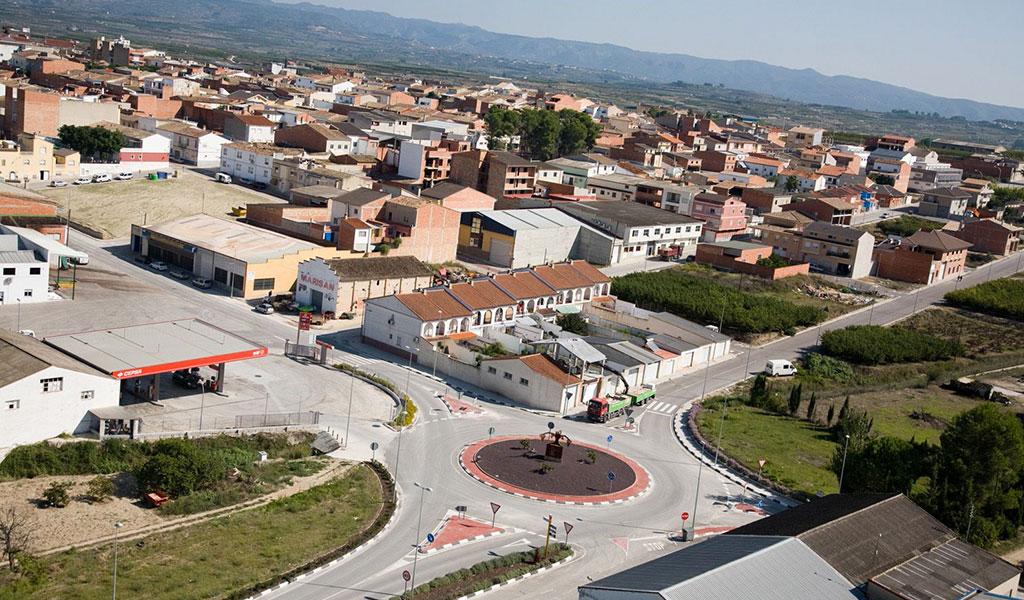La Pobla del Duc
It is located on the right bank of the River Albaida.
The climate is Mediterranean.
From Valencia, the village is accessed via the A-7, followed by the CV-40, the CV-60 and the CV-611. The village can also be reached by the Renfe Medium Distance line 47, also known as the Valencia-Xàtiva-Alcoi line.
Gastronomy:
The local wine is bottled under the “Roscardí” brand. Local production also includes a sweet wine that is sold in bulk. Local sweets include “els pastissets of moniato” (sweet potato cakes) are popular at Christmas.
Places of interest:
Church of Assumption of Our Lady
Dating from the late 17th century, it consists of a nave with six sections covered by barrel vaults supported by buttresses. It houses the statue of the Christ of Refuge.
Municipal Lavoir
Built by 1930 and renovated in 1988. It has a rectangular layout and a gabled roof with Arabic tiles.
Aljibe de la Poassa
Dating from the Muslim – medieval period. A former communal waterwheel used for distributing water to the agricultural lands.
Military shelters
An underground military space built by the Republican army during the Spanish Civil War to protect the guards working at the airfield, as well as the squadron and auxiliary troops. La Pobla del Duc conserves “Pla de Missena” shelter, which has capacity for up to 40 soldiers, and the “Casas Altas” refuge, with room for up to 70 people.
Devotional ceramic panels
Ceramic altarpieces dating from the 17th – 19th centuries located in some of the village streets and which are dedicated to St. Vincent Ferrer, St. Christopher and St. Thomas, St. Francis of Assisi and Saint Michael, the Immaculate Conception, the Trinity and Our Lady of Solitude.
